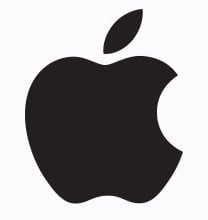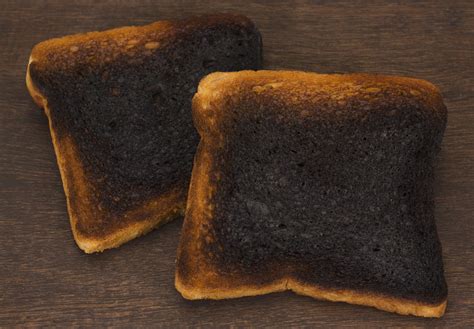

Exactly. Same as with sleeping data. When it says that you’ve been awake 3 times last night, it doesn’t really mean much. That kind of data shouldn’t be presented as being accurate. However, it could still be made accessible behind a button er menu option. For example, it might show you that the signal is intermittent because your watch band isn’t tight enough, or other anomalies. And of course you’re right: they won’t tell you that the data is of low quality and as a user you don’t necessarily know that, so in that sense it can be very misleading.











Absolutely, over here we’ve recently elected a horrible party as the biggest one, with 25% of the votes. Dark times.
The difference is that in many European countries the head of state is more of a ceremonial position (at least in practice) and the head of the government holds nowhere near the amount of power a US president does. With proportional representation, the biggest party often doesn’t have an absolute majority and needs to form a government together with other parties, or might even end up in the opposition. Together they agree on who’s going to be the head of government (usually the head of the largest party), who will be the ministers and what will be the policy. If it doesn’t work out because of disagreements, the government breaks up and new elections will be held.
My point is: the risk is real, populism is growing, policy is shifting, but the dynamics are different. Having a first past the post system and concentrating so much power into a single political position feels like an accelerator.